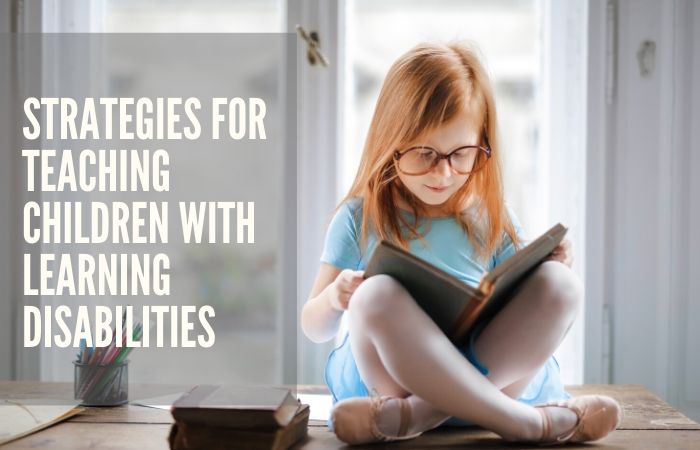Are you a parent or teacher with students who have learning differences? Children with ADHD, reading disabilities, dyslexia and other disorders can experience more struggle than their peers. They may have difficulty performing tasks, focusing on lessons, remembering concepts and adapting to changing routines.
Table of Contents
ToggleFortunately, you can help students who are struggling. Here’s how to support a child with learning difficulties in school.
1. Use Chunking Technique
According to Harvard psychologist George Miller, people can only handle between five and nine pieces of information at a time. Chunking, however, is a learning technique that allows you to take advantage of long-term memory and handle more concepts.
Teachers can aid students in the learning process by breaking down lessons into small chunks that build upon one another. Each block should reference material from previous ones to connect concepts and utilize repetition.
For example, if students must read a long chapter for the night’s homework, you can divide it into manageable sections, and end each with a task where the student summarizes what they read. After reading the entire chapter, have them reread each summary.
2. Organize Information Visually
Many students with learning difficulties process information visually. Teachers and parents can use those skills with comprehending lessons. For instance, after reading a chapter in a book, ask the student to draw a picture representing what they read.
You can also take advantage of visual organizers to help students process their thoughts. When the class reads a novel, have them chart out a cause-and-effect organizer. The effect is the big event in the story, the climax where everything comes to resolution. The causes are what led to that event and made it happen. (Cause and Effect Chart: https://prnt.sc/stutol).
3. Appeal to Multiple Senses
To improve comprehension and retention when studying, incorporate multiple senses.
For children who are visual learners, you can try:
- Hanging up pictures and setting up models
- Highlighting information in different colors
- Asking students to create lesson-based art
For those who prefer audio-based lessons, you can:
- Listen to books on tape or read aloud
- Watch a video with accompanying audio
- Utilize rhymes, chants and language games
Some kids are kinesthetic learners, those who learn through:
- Lessons with finger paints, puzzles or sand
- Modeling objects or designs in clay
- Using small objects to represent numbers
Tactile teaching involves the sense of touch, such as:
- Pairing counting with clapping or other movements
- Using a highlighter to color-code passages while reading
- Manipulating materials, like blocks, to visualize a scene
4. Personalize Online Tutoring
Outside of the classroom, online tutoring can mimic in-person sessions and help students solidify their understanding of certain concepts. Before the meeting occurs, students can upload materials, including previous quizzes, tests, and homework. The tutor can then review them and bring along any additional items that may prove helpful.
With personalized tutoring, students can ask questions and receive feedback that meets their specific needs. Online professionals are well-versed in adapting their strategies to students with learning disabilities. Despite sessions taking place on the computer, kids can still use text chat, write on a virtual whiteboard, share their screen and record lessons to review later.
5. Incorporate Mnemonics
Mnemonics are techniques that help students understand and organize the information they read through visual and audio cues. They typically rely on the use of keywords, rhymes and acronyms. For example, most of us learned about the Great Lakes in school with the mnemonic device HOMES — Huron, Ontario, Michigan, Eerie, Superior.
Don’t use an acronym for all concepts. Instead, pick out keywords you can relate to visuals. For example, the scientific name for the common frog is Ranidae. The keyword you pick out might be “rain.” To help students remember the name, you can show a picture of frogs hopping in the rain.
Cater to Every Student in the Classroom
If you want to learn how to help students with learning disabilities, follow the strategies above. By adjusting how you present topics and provide information you can ease their anxiety and encourage their quest for lifelong learning.
About the Author: Alyssa Abel is an experiential education writer who covers a variety of topics from learning styles to emerging methodologies. Read more of her work on her blog, Syllabusy.


